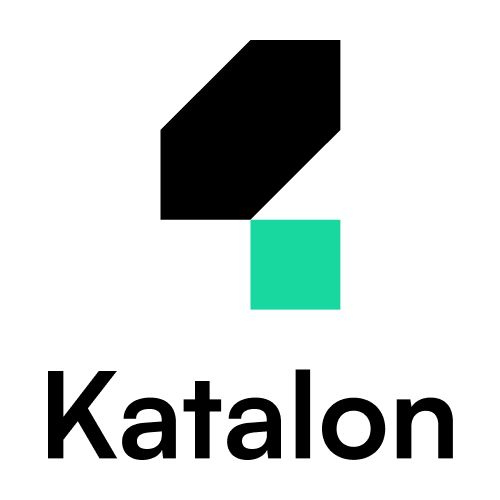15 Highly-Rated DevOps Tools for 2022
Mar 24, 2022

Katalon is the leading low-code test automation solution for Web, API, Mobile, and Desktop apps.
Katalon is the leading low-code test automation solution for Web, API, Mobile, and Desktop apps.
@ruchitavarma
Sep 13, 2021
@ruchitavarma
Sep 13, 2021